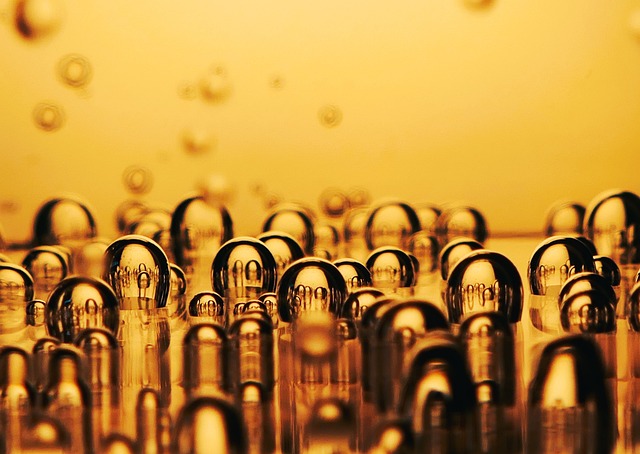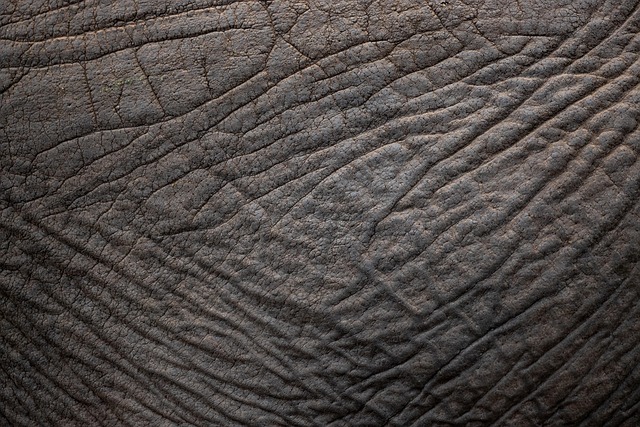Understanding Gamma-Linolenic Acid (GLA)

Gamma-Linolenic Acid (GLA) is a unique omega-6 fatty acid primarily found in plant-based oils like evening primrose, borage, and black currant seed oil. Unlike many omega-6s that can promote inflammation, GLA exhibits anti-inflammatory properties. Our bodies convert GLA into vital compounds like DGLA (dihomo-gamma-linolenic acid), which in turn helps produce prostaglandins – hormone-like substances crucial for regulating inflammation, immune responses, and cellular health.
GLA for Skin Vitality: Nourishment from Within

GLA is essential for maintaining healthy, resilient skin. It functions by strengthening the skin's natural barrier – think of it like mortar reinforcing a brick wall – which improves hydration, elasticity, and protection against environmental stressors. Clinical evidence suggests GLA can significantly alleviate symptoms of inflammatory skin conditions such as eczema (atopic dermatitis) and psoriasis by reducing dryness, itching, and redness.
Harmonizing Hormones: GLA's Impact on Women's Wellness
GLA is widely recognized for its potential to ease symptoms linked to hormonal fluctuations, particularly in women. It has shown promise in reducing cyclical breast pain (mastalgia), alleviating common premenstrual syndrome (PMS) issues like mood swings and bloating, and potentially easing menopausal symptoms such as hot flashes. These benefits are attributed to GLA's anti-inflammatory actions and its role in modulating prostaglandin production, which influences hormonal signaling pathways.
Finding GLA: Dietary Sources and Supplementation
While the body can theoretically synthesize GLA from linoleic acid (another omega-6), this conversion process is often inefficient due to factors like age, diet, stress, and certain health conditions. Therefore, direct dietary or supplemental intake is often more effective. Key sources include:
- Evening Primrose Oil (EPO): Widely studied and commonly used.
- Borage Oil: Typically offers the highest concentration of GLA.
- Black Currant Seed Oil: Contains both GLA and alpha-linolenic acid (an omega-3).
- Hemp Seed Oil & Hemp Seeds: Contain GLA, though usually in lower amounts than the other oils.
Supplements are the most common way to ensure consistent GLA intake. Dosages vary based on the condition being addressed and the oil source, so follow product guidelines or seek professional medical advice. Borage oil offers higher GLA potency, while EPO is extensively researched for conditions like PMS and eczema.
Safety Profile: Potential Side Effects and Precautions
GLA supplements are generally well-tolerated. Mild side effects, when they occur, might include headache, nausea, or digestive upset. A key precaution involves potential interactions with anticoagulant or antiplatelet medications (blood thinners), as GLA might slightly increase bleeding risk. Discussing GLA use with your doctor is crucial, especially if you have bleeding disorders, are taking such medications, or have upcoming surgery.
Conclusion: Leveraging GLA for Optimal Health
Gamma-Linolenic Acid stands out as a beneficial fatty acid with significant potential for supporting skin structure and function, as well as promoting hormonal comfort. By understanding how GLA works and its best sources, you can make informed choices about integrating it into your health regimen. Always prioritize consultation with a healthcare professional to personalize your approach and ensure GLA is right for you.